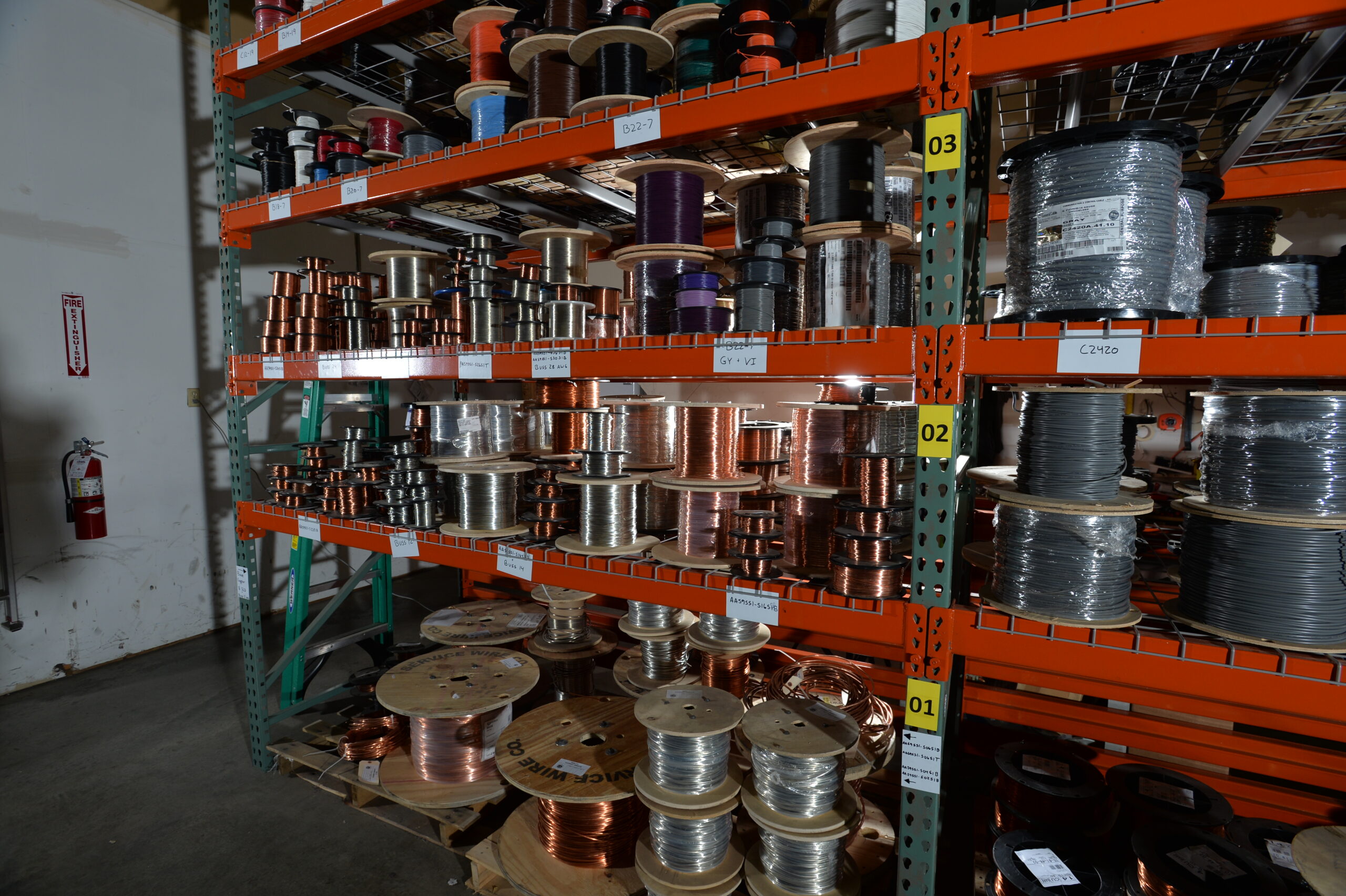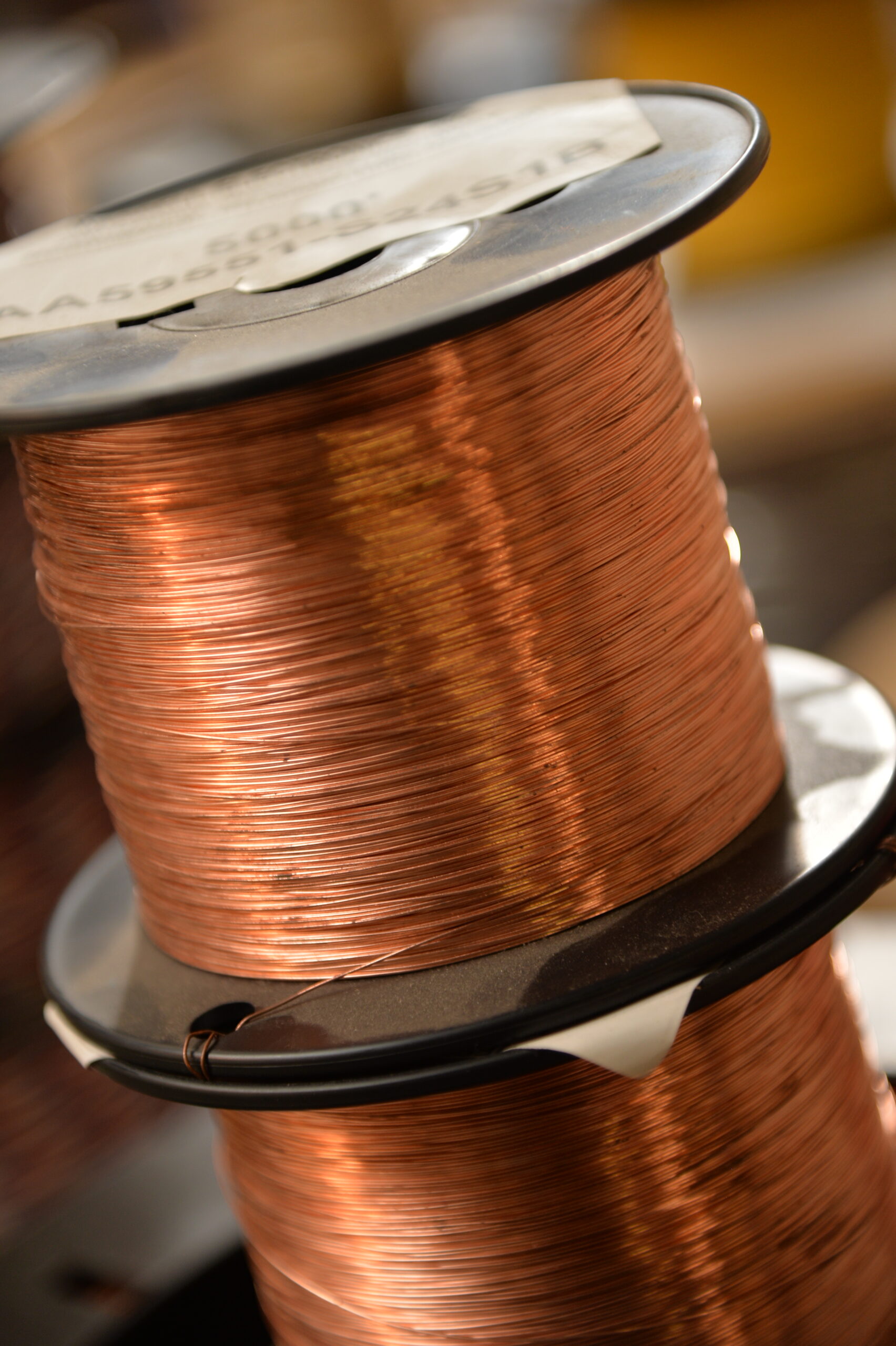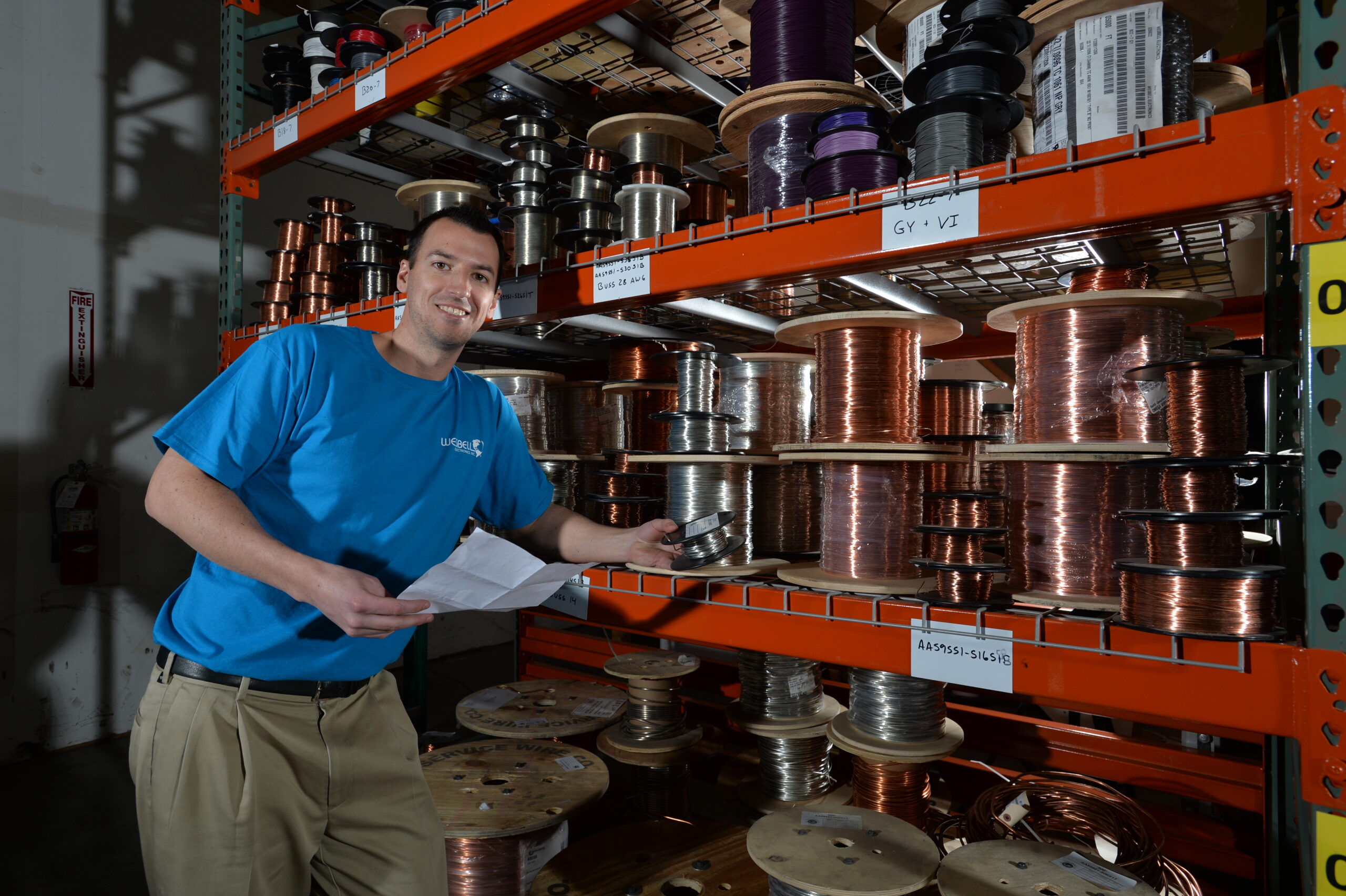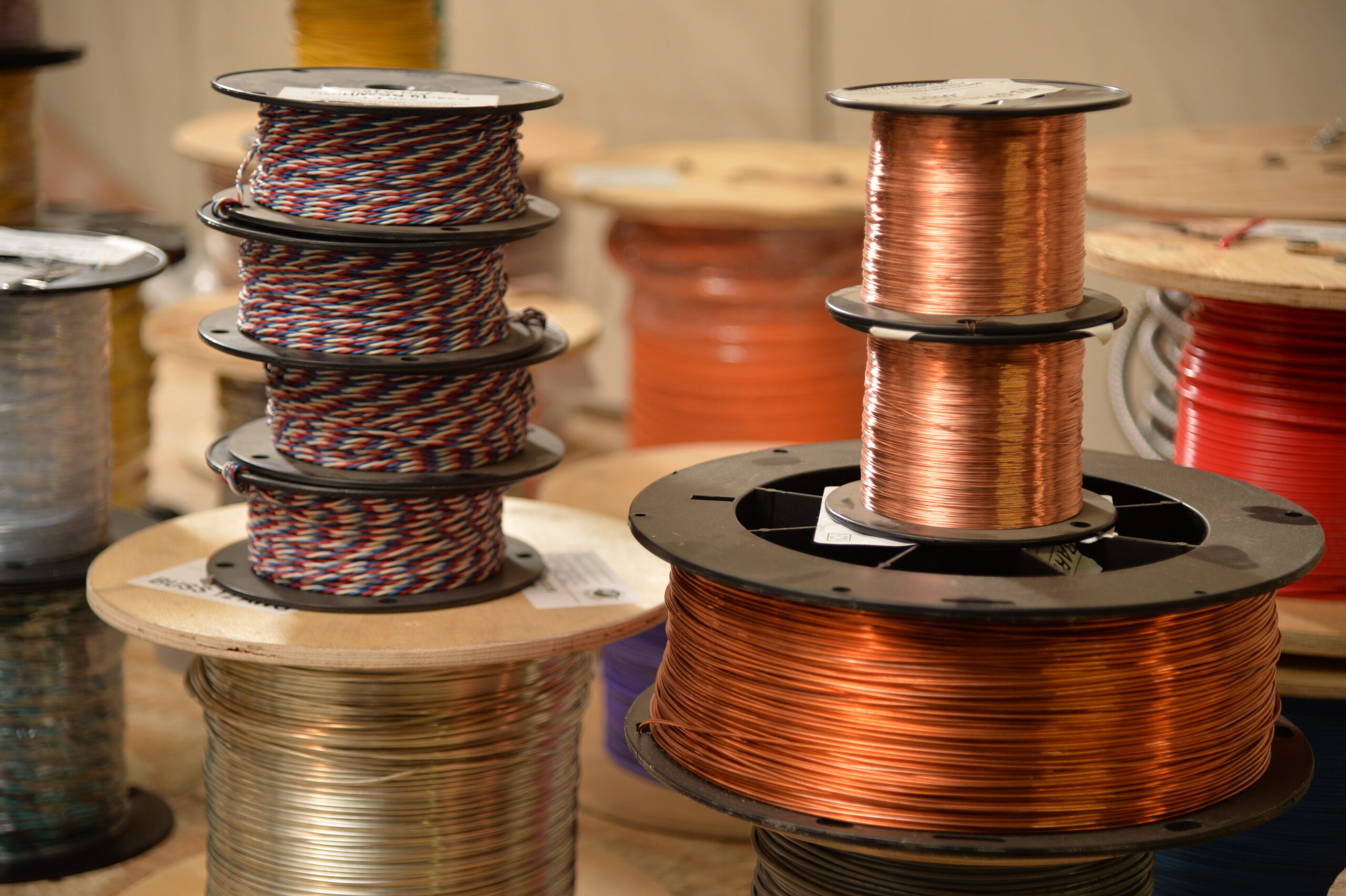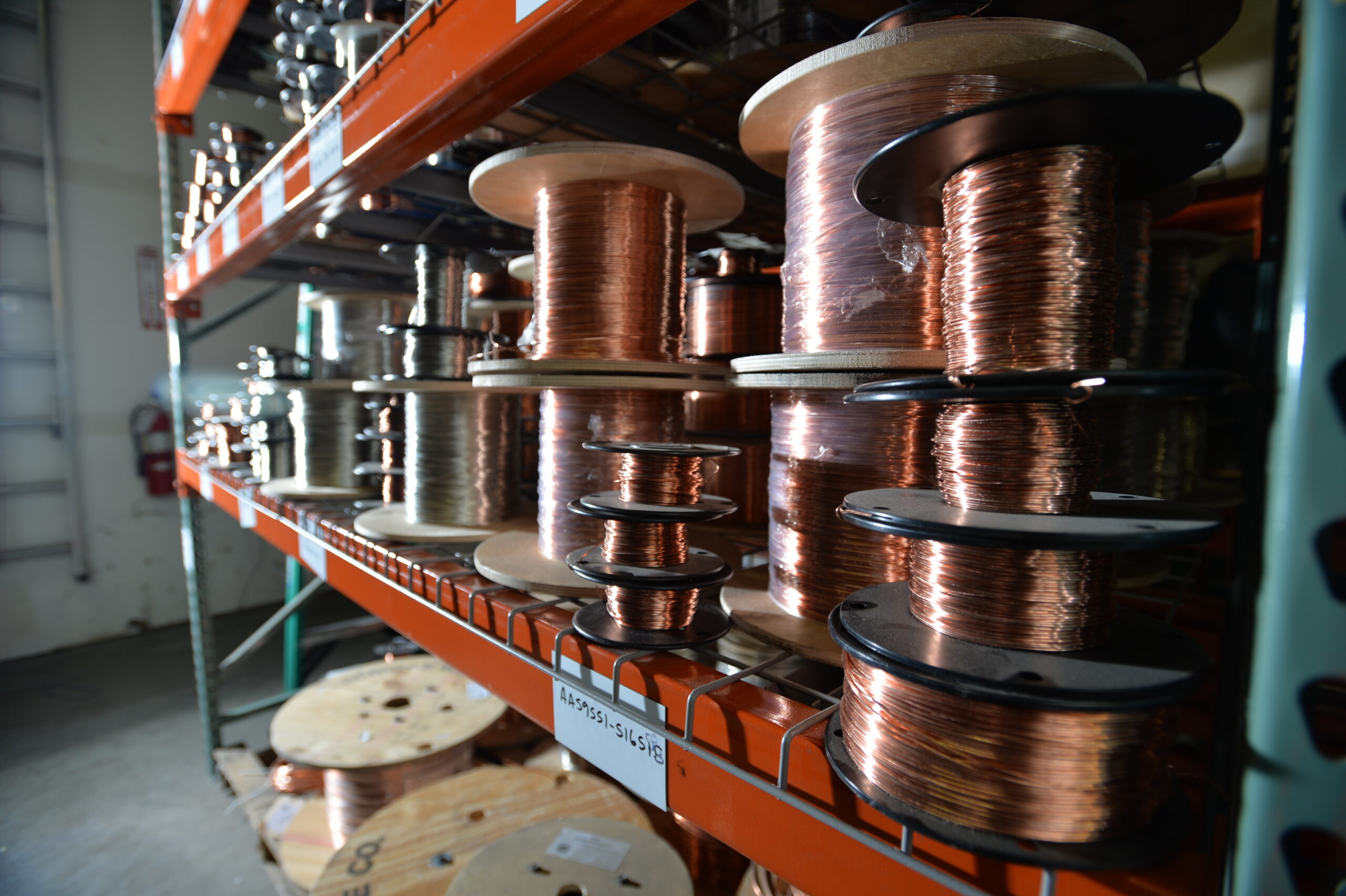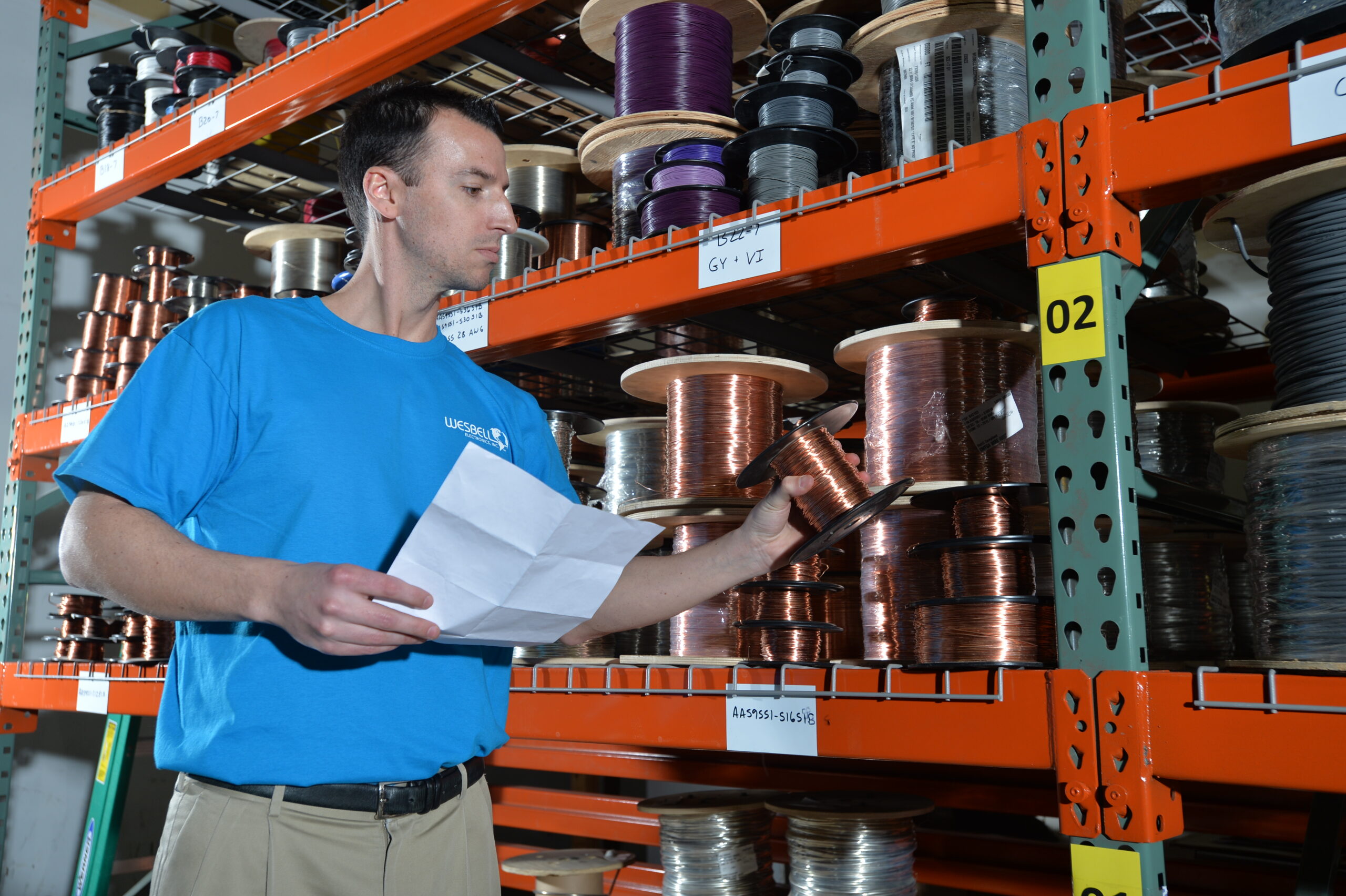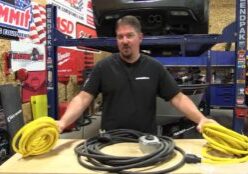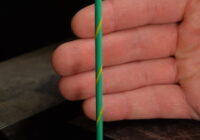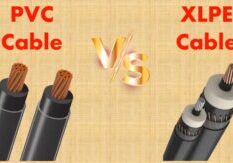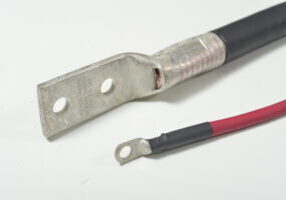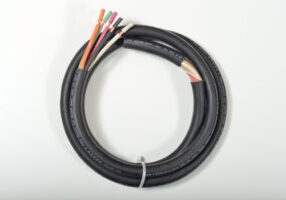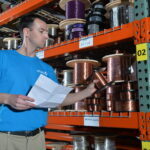
Oct 9, 2024
Buy Bare Copper Wire Online
When it comes to purchasing bare copper wire online, there are several important factors to consider to ensure that you’re getting the best product for your needs, at a fair price, and from a reliable source. This article will walk you through five critical things to remember before hitting the “Buy” button, with an in-depth exploration of each point.
1. Understand the Specifications: Gauge, Purity, and Temper
One of the most important factors when purchasing bare copper wire is the specifications of the wire itself. Copper wire comes in different forms, and understanding these distinctions can save you from purchasing the wrong type.
a. Wire Gauge (AWG or SWG)
The gauge, or thickness, of the wire is measured in American Wire Gauge (AWG) or Standard Wire Gauge (SWG), depending on where you are located. Thicker wires have a lower AWG number, while thinner wires have a higher number. The choice of gauge depends on the intended application:
- Electrical Wiring: Applications such as household or industrial electrical installations often require thicker copper wire, such as 10 AWG or 12 AWG, to handle higher current loads.
- Welding: Thicker wires are typically used to handle the high current required in welding cable leads.
- Jewelry Making or Crafts: Finer wires like 22 AWG to 28 AWG are used for detailed work such as crafting or jewelry making.
If you purchase the wrong gauge, it can result in either insufficient current-carrying capacity or unnecessary expense on copper you don’t need. Be sure to check the AWG size appropriate for your project.
b. Purity of Copper (Oxygen-Free vs. Standard Copper)
The purity of copper is a critical consideration. Higher-purity copper, such as Oxygen-Free High Conductivity (OFHC) copper, has minimal impurities and higher conductivity. This is important in applications where electrical performance is critical, such as in high-end audio systems, aerospace, or data communication.
- Oxygen-Free Copper (OFC): This type is often used in high-performance electronics. It has fewer impurities and thus better electrical conductivity.
- Electrolytic-Tough Pitch (ETP) Copper: This is the most common form of copper, which contains a small amount of oxygen. It’s still highly conductive and suitable for most general purposes like building wiring or welding.
Understanding whether you need high-purity copper or can use standard ETP copper is important because high-purity copper can be significantly more expensive.
c. Temper (Soft vs. Hard Drawn)
Copper wire is available in various tempers, which refers to its hardness or flexibility. The temper of the wire affects how easily it can be bent or worked with:
- Soft Drawn (Annealed) Copper: More pliable and easier to work with, especially in installations that require bending or shaping the wire, such as jewelry making or detailed electrical work.
- Hard Drawn Copper: More rigid and durable. It’s typically used in situations where the wire will remain in a fixed position, such as overhead electrical wiring.
Make sure to consider the temper based on whether your project requires flexibility or rigidity.
2. Consider the Vendor’s Reputation and Reliability
When buying copper wire online, you’ll encounter numerous vendors, from small independent sellers to large industrial suppliers. It’s crucial to evaluate the reliability of the vendor to avoid purchasing substandard products or facing issues with delivery and customer service.
a. Check Vendor Reviews
Before making a purchase, always read customer reviews and feedback. Reliable vendors usually have a significant number of positive reviews across different platforms. Look for feedback on:
- Product Quality: Reviews that discuss the purity of the copper, accuracy of the wire gauge, and overall product satisfaction.
- Shipping and Delivery: Timeliness, packaging, and any issues customers faced during the delivery process.
- Customer Service: Reviews that highlight the responsiveness of the vendor to customer queries or problems.
b. Certifications and Industry Standards
For industrial and electrical-grade copper wire, check if the vendor adheres to industry standards and has relevant certifications, such as ASTM (American Society for Testing and Materials) standards or ISO (International Organization for Standardization) certifications. This ensures that the copper wire meets established quality benchmarks for your specific application.
c. Return Policy and Warranty
Copper is a significant investment, so it’s important to buy from a vendor that offers a reasonable return policy. Should the wire not meet your expectations, you need to have a clear and hassle-free option to return or exchange the product. Additionally, some suppliers may offer warranties on their copper wire, which can offer further peace of mind.
3. Verify Pricing and Compare Across Platforms
Copper wire is a valuable commodity, and its price fluctuates based on market conditions, demand, and purity. Therefore, it’s important to shop around and ensure you’re getting a fair price for the quality you’re purchasing.
a. Spot Market Prices
Copper is traded as a commodity, and its price changes frequently based on supply and demand in the global market. While vendors don’t necessarily follow spot prices for retail sales, being aware of these prices can give you a benchmark to assess whether you are overpaying. Websites like Kitco or LME (London Metal Exchange) can provide up-to-date copper prices.
b. Bulk Discounts
Some vendors offer significant discounts for purchasing copper wire in bulk. If you’re buying for a larger project or recurring use, ask about bulk pricing or consider buying larger quantities. However, be mindful of over-purchasing if you don’t need that much copper, as it can tie up capital in unused material.
c. Hidden Costs: Shipping and Taxes
Shipping costs for copper wire can be substantial due to its weight. Be sure to calculate the total cost, including shipping, taxes, and any potential import duties if purchasing internationally. Some vendors may offer free or discounted shipping for larger orders, which can save you a considerable amount, especially if you’re buying in bulk.
4. Assess the Intended Application and Installation Requirements
Bare copper wire can be used in a variety of applications, from electrical wiring to crafts and jewelry making, to welding, grounding, and more. Understanding the specific requirements of your project is crucial to selecting the right type of copper wire.
a. Electrical Wiring
For electrical wiring, such as Romex NMB, UFB cable or MC Cable, you need to ensure that the copper wire is suitable for the voltage and amperage demands of your system. Misjudging these specifications could lead to serious safety hazards, such as overheating or fire. Also, make sure the copper wire is compliant with National Electrical Code (NEC) standards if you are doing residential or commercial wiring.
- Grounding and Bonding: Bare copper is often used for grounding and bonding electrical systems because of its high conductivity and corrosion resistance. Be sure to choose a wire that is the appropriate gauge for grounding tasks.
b. Crafts and Jewelry
For artistic applications like wire-wrapping, jewelry making, or sculpting, flexibility and aesthetics become key factors. Soft-drawn or annealed copper wire is usually preferred, as it’s easy to work with and can be bent into intricate shapes. The purity and shine of the copper also matter for appearance, so opt for high-purity copper if aesthetics are a top priority.
c. Welding and Other Industrial Uses
Bare copper wire is used in welding applications, where it acts as a grounding wire or for electrical contacts. In these cases, gauge, strength, and durability are crucial. You’ll likely need thicker, hard-drawn copper for these applications.
Understanding your specific use case will help you select the best type of bare copper wire for your needs, avoiding costly mistakes or suboptimal performance.
5. Be Aware of Environmental and Ethical Concerns
Copper mining and production can have significant environmental and social impacts. Ethical consumers might want to consider how and where the copper they are purchasing is sourced. Additionally, the sustainability of copper is an increasingly important consideration in modern procurement practices.
a. Environmentally Responsible Sourcing
Copper mining can cause considerable environmental harm, including deforestation, habitat destruction, and water pollution. Look for vendors that prioritize environmentally friendly sourcing practices, such as:
- Recycled Copper: Purchasing copper that has been recycled can significantly reduce the environmental impact of your project, as recycling copper uses much less energy than mining and refining new copper.
- Green Certifications: Some suppliers adhere to sustainability certifications, such as the Copper Mark, which indicates responsible copper production. Ask about the environmental impact of the copper you are purchasing and whether the supplier engages in environmentally responsible practices.
b. Ethical Labor Practices
Copper production is often concentrated in regions where labor practices might not always meet international standards. Vendors that can guarantee fair labor practices and offer transparency about the conditions in which their copper is mined and produced are becoming more common. Choosing to purchase from ethically responsible vendors can help support better working conditions in the copper industry.
c. Long-Term Sustainability
Copper is an important resource in renewable energy systems such as solar panels and wind turbines, but the global demand for copper continues to rise. Using copper efficiently and choosing sustainable options like recycled copper helps contribute to a more sustainable future, both environmentally and economically.
Conclusion
Purchasing bare or tinned copper wire online involves more than just selecting the first option that appears. By understanding the specifications, evaluating the reputation of vendors, comparing prices, considering the application, and paying attention to environmental and ethical concerns, you can make an informed decision that best suits your needs.
To recap, the five key things to remember are:
- Understand the specifications of the wire, including gauge, purity, and temper.
- Assess the reliability and reputation of the vendor, including reviews, certifications, and return policies.
- Compare prices across platforms, taking into account spot market prices, bulk discounts, and hidden costs.
- Match the wire to your intended application and installation requirements, whether it’s electrical wiring, crafts, or industrial use.
- Be mindful of the environmental and ethical implications of copper production and sourcing.
By keeping these factors in mind, you’ll not only ensure a successful purchase but also contribute to more sustainable and responsible consumption of a valuable natural resource.

